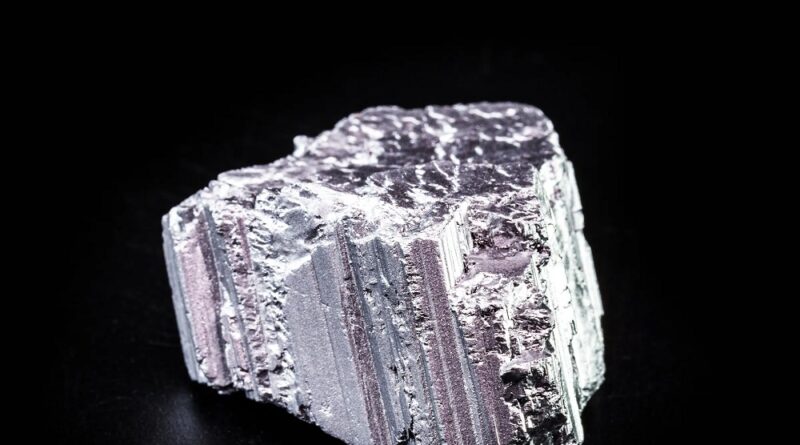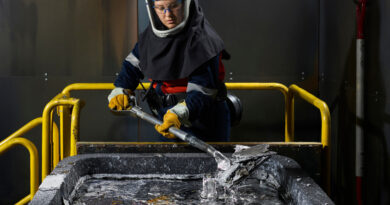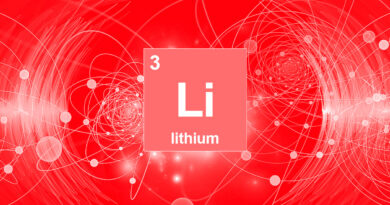Can the West compete with Chinese to supply rare earths
Europe has launched the Critical Raw Materials Act to mine 10%, process 40%, and recycle 25% of its critical mineral needs by 2030. Nearly 50 projects have been approved across Spain, France, Sweden, and Belgium.
However, Germany struggles to avoid another geopolitical disaster, this time over critical minerals, Europe has no operational rare earth mines and only two processing plants — one in Estonia and one in western France, which is only plant outside of China that can process all 17 different rare earths.
Australia, which is the fourth largest rare earth producer with 5.14% of global products, is reportedly considering its own price floor scheme for critical mineral miners, especially rare earts. It has committed A$1.2 billion to a strategic critical minerals reserve and is backing Lynas Rare Earths (which opened Australia’s first rare earth processing plant), Iluka Resources, and Arafura Rare Earths (which last year received A$840 million in funding to create the country’s first combined mine and refinery for rare earths).
In July 2025, the Department of Defense (DoD) took a US$400 million equity stake in MP Materials, America’s only active rare earth mine at Mountain Pass, California. The DOD also provided a $150 million low-interest loan and introduced a $110/kg price floor for neodymium-praseodymium oxide (NdPr). That pricing floor creates revenue stability to de-risk private investment in refining and magnet production.
Apple followed with a US$500 million investment with MP Materials to secure domestic supply chains for rare earth magnets in iPhones and Macs. Apple is co-developing recycling tech and new US-based processing facilities. Corporate demand, aligned with government funding, forms the cornerstone of new U.S. industrial strategy.
This investment by the DoD is “not a one off”, with similar deals expected as part of a multibillion-dollar investment by the Pentagon to strengthen U.S. production of essential minerals and challenge China’s dominance in the sector.
The next stage in rare earth realpolitik is geopolitics – with the West starting to leverage influence to shift other major producers away from China.
Myanmar is the most important rare earth actor outside of China, with China importing up to 60% of its heavy rare earths from Myanmar, particularly from Kachin State — where insurgents and violent conflict disrupt supply and price volatility.
The Trump administration has reportedly heard “competing proposals that would significantly alter longstanding US policy toward Myanmar, with the aim of diverting its vast supplies of rare earth minerals away from strategic rival China.”
Then, in July 2025, the US Treasury Department’s lifted sanctions on some allies of Myanmar’s military junta.
There are huge challenges to reorienting rare earth supply chains in Myanmar from China, but it’s a sign of the importance put on rare earths that the US would even consider threatening China in what it would consider it’s own backyard.
Another country with a new deal with the US for rare earth deals is Ukraine. We do not believe, with the ongoing conflict, there will be any mine development anytime soon (especially with much of the now reserves in Russian-held territory). However, we do believe it is worthy of note that President Trump has highlighted the importance of the minerals as priority in the deal.
And then there’s Greenland. US President Trump has repeatedly signalled his desire to annex the country for its mineral wealth — in particular, rare earths. We are not wholly convinced that the US will send in the military (although not dismissing it either), but they are sending explorers to tap the country’s mineral wealth.
A rare earth supply chain outside China faces obstacles:
- High Capex
- Technical expertise
- Environmental regulations
- Price volatility
But government-backed price floors, streamlined permits, and guaranteed off-take contracts are starting to shift the dynamic in the West’s favor.
In 2010, after China implemented an export ban on rare earths against Japan following a territorial dispute, the country worked to diversify and secure its supply chains.
The strategy included investing in mines and processing in Australia — notably Lynas — as well as stockpiling, recycling and promoting alternative technologies.
As a result, Japan’s dependence on Chinese rare earths fell to 60% from 2023 from more than 90% in 2010.




